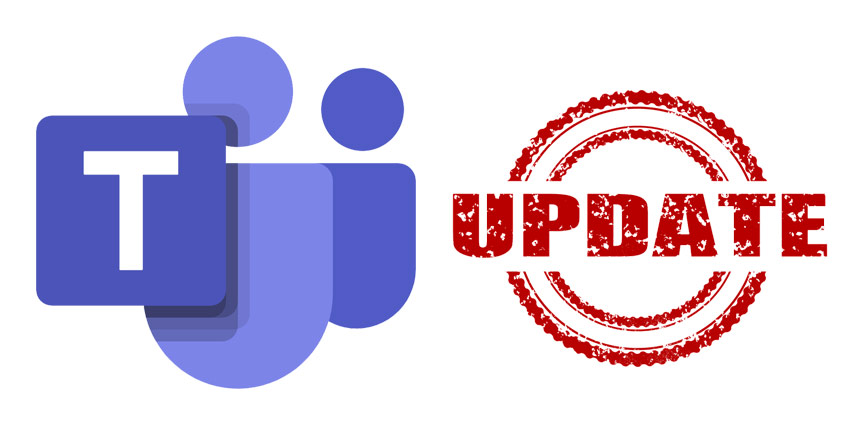February might not be the most significant month, but Microsoft still managed to make sure that it didn’t fall short when it came to offering exceptional updates for the Teams experience.
In the last month, we’ve seen a host of exciting changes to the Teams solution, including the arrival of new chat and collaboration features focused on targeted communication. There’s also an updated Teams and Outlook solution, created to make it easier for employees to collaborate wherever they choose.
Users can now move Teams conversations from their Teams environment directly into Outlook, just by hitting the “more options” icon in the conversation. From this month, users will also be able to move email conversations from Outlook into chat by clicking on a dedicated Share to Teams button.
Let’s take a closer look at some of the other updates.
Changes to Teams Chat, Calling, and Collaboration
Designed to help connect the right people more efficiently, the arrival of new targeted communication solutions from Microsoft Teams allows people to message anyone assigned to a specific tag at the same time. This means that you could tag an entire group as @Sales, and message them all at once. With tags, it’s much easier to organise people based on things like role, project, or even location.
There’s also a streamlined update to the process of keeping people connected in small and mid-sized businesses. Microsoft has now introduced org-wide teams to people with 5,000 users or fewer.
On top of that, there’s a new files system in Teams that’s supported SharePoint. This solution has now rolled out across the globe, allowing for a more efficient selection of tabs. You can sync files to your Mac or PC, see previews across more than 320 file types, and so much more. You can also check document life-cycle signals, review file cards, pin files to the top of a page, and more.
From a calling perspective, Teams users can also now store recordings with in-region storage in areas where Stream isn’t available. Tenant administrators can allow cloud recording settings for Teams meetings whenever they choose. While cloud recordings weren’t available for customers where Streams services weren’t available in corresponding Go Local regions before, that’s changing. Microsoft is now allowing recording and turning it on by default.
Updates for Admins, Security, and Compliance
Within the Microsoft Teams admin centre, leaders can now manage their entire app catalogue with ease. The new “Manage apps” page means that administrators can have an excellent view into all of the apps available in the Microsoft tenant. Additionally, the catalogue provides administrators with an easier way to test and distribute applications.
Admins will also have the option to enable legal hold for compliance purposes when it’s important to preserve private channel messages. What’s more, communication compliance features now help admins to detect and fix problems that might lead to future problems.
Even GCC, DOD, and GCC High customers got updates this month, with new options to screen share to Skype for Business users, transfer calls to voicemail, and access caller-ID for Teams users.
Transforming Apps and Workflow
Another announcement from February was the arrival of Power BI tabs for Microsoft Teams, which support reports in the workspace. Tabs added to chats will help everyone to find crucial data required for projects. The data you need can be right there in the centre of your collaboration hub.
Users can also pin the apps they need to the left-hand rail in Teams for easier access. All you need to do is find the app, right-click on the icon, and choose the “Pin” option. This makes it much easier to return to the tools that you need in a hurry.
It’s not just enterprise companies that got major updates either. Microsoft also introduced the QBot functionality to the education industry too. This bot solution allows students and teachers to intelligently answer questions from each other using Microsoft Teams. The tool takes advantage of Azure Cognitive Services to achieve an excellent Q&A experience.
Once the app is deployed in a Team, students can ask questions by tagging QBot, and the correct answer will be delivered, or QBot will tag a list of demonstrators so that they can collaborate on a correct response.
The updates are set to keep rolling out in the months to come, so it’s definitely a good idea to stay tuned if you’re running a Microsoft-focused workspace.







